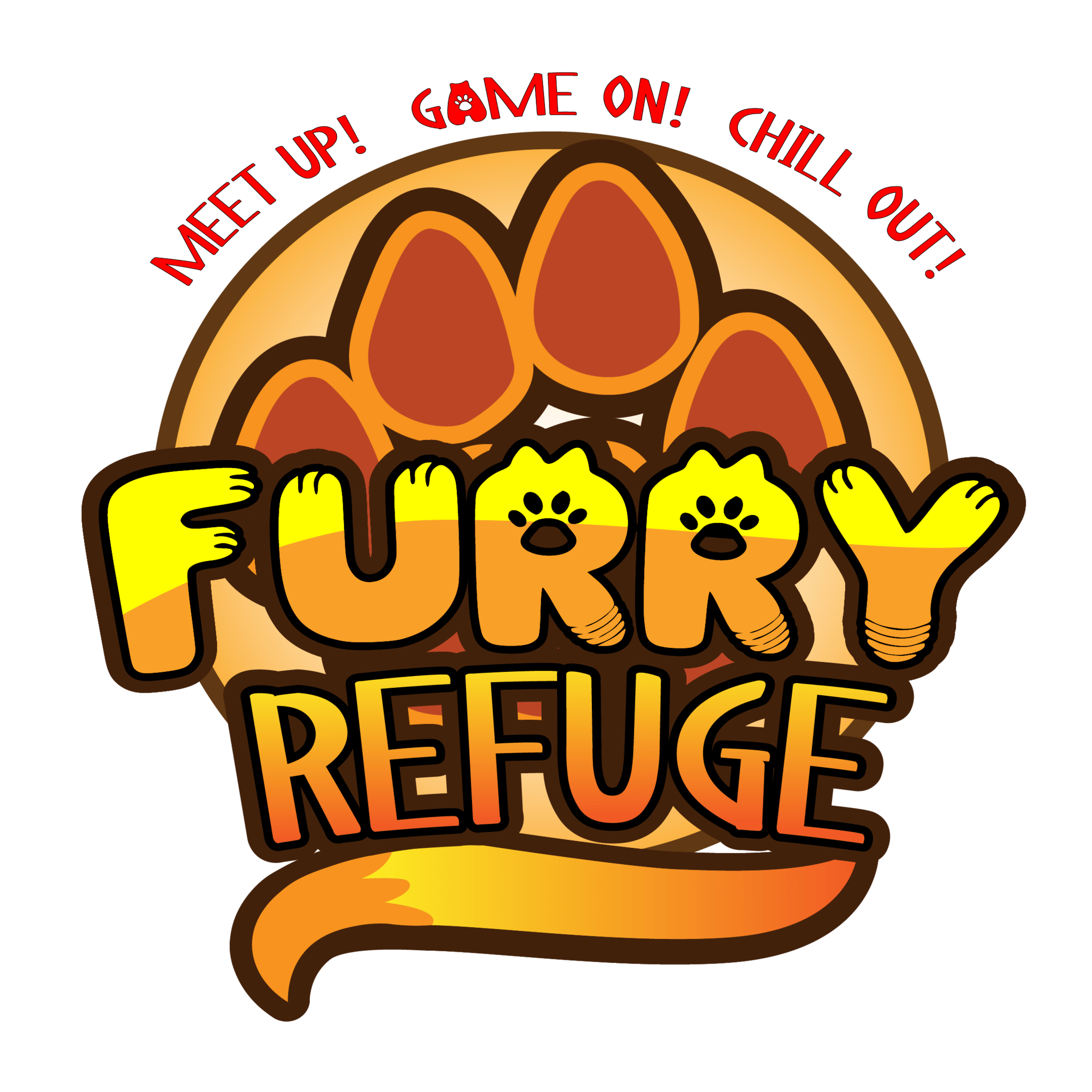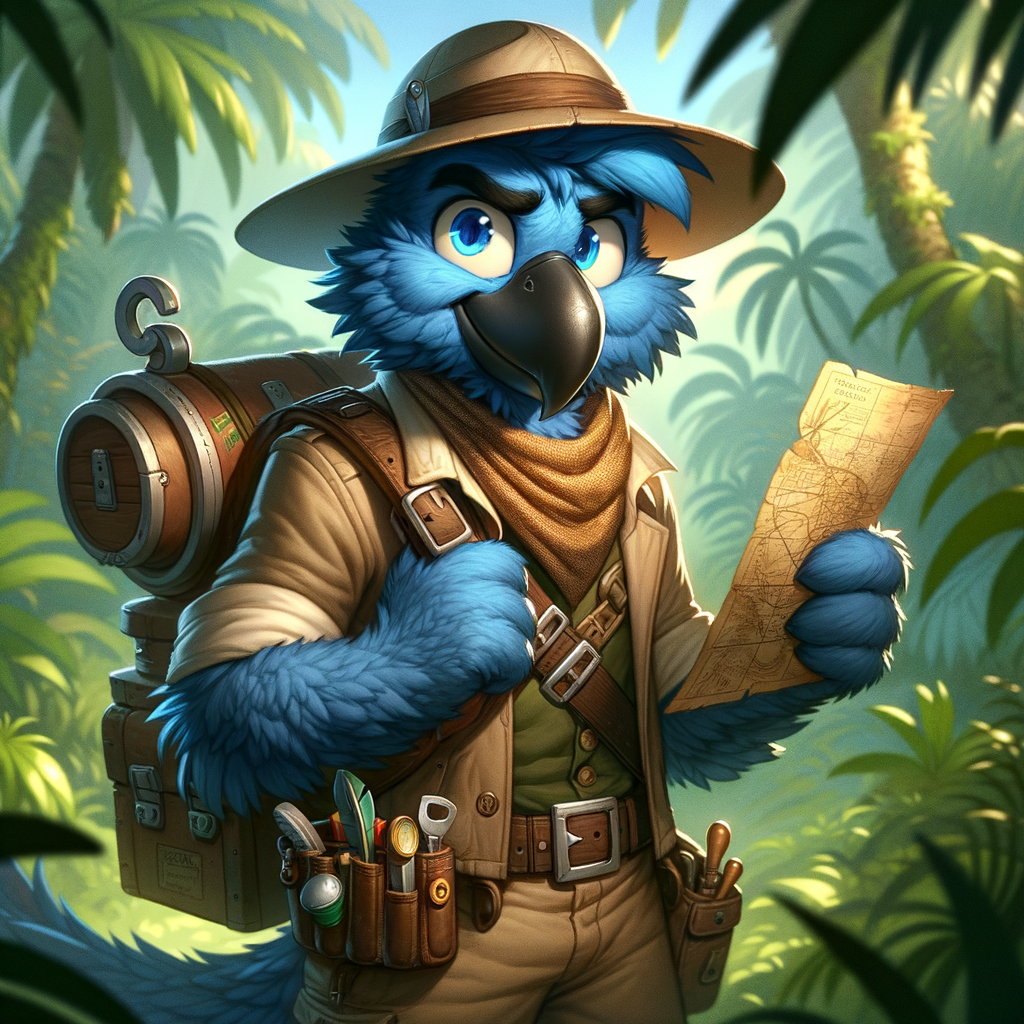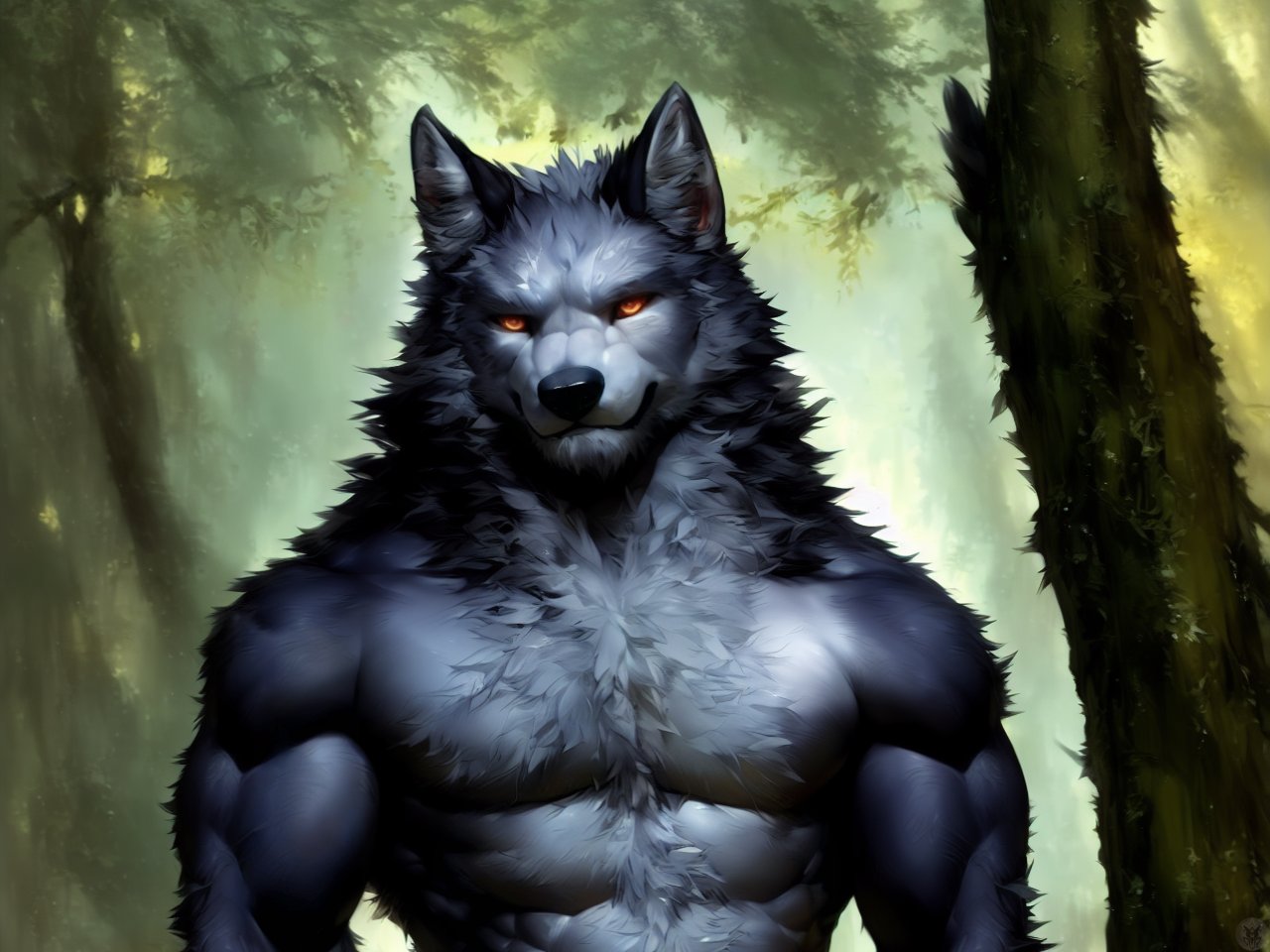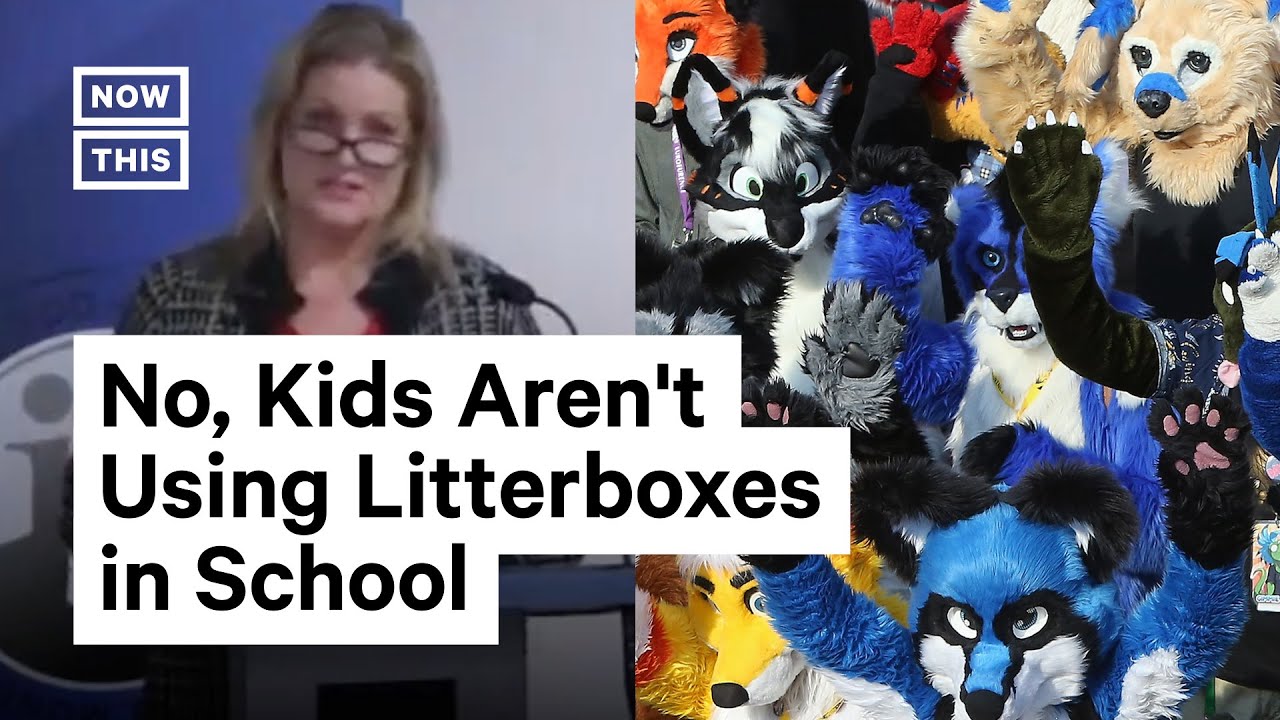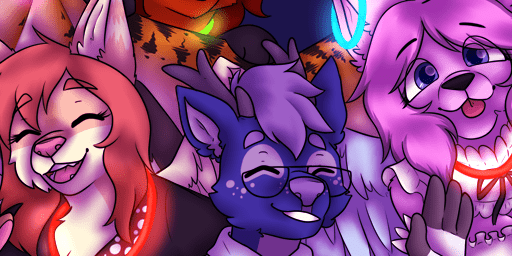Twitter has become a bustling digital realm for furries worldwide, providing a platform for community engagement, artistic expression, and the sharing of furry fandom culture. The furry community on Twitter, often referred to as “Furry Twitter” or “Fur Twitter,” has developed its own unique dynamics and cultural nuances. Let’s delve into the furry wonderland that is Twitter and explore the vibrant culture that thrives within.
Furry Twitter is a haven for artists and creatives to showcase their talents. The platform allows furries to share their anthropomorphic artwork, illustrations, and animations, contributing to the rich tapestry of furry fandom creativity. The constant flow of artistic content fosters appreciation and support within the community.
Fursuits, elaborate costumes portraying furry characters, take center stage on Twitter, especially on “Fursuit Fridays.” This weekly tradition involves furries sharing photos and videos of their fursuits, showcasing the incredible craftsmanship and diversity within the fursuiting subculture. Beyond Fridays, fursuiters often participate in challenges, creating a vibrant visual spectacle on users’ timelines.
Furry Twitter serves as a platform for discussions ranging from fandom-related topics to broader conversations about identity, inclusivity, and social issues. Hashtags like #FurryDiscourse may accompany debates and conversations, allowing furries to express diverse perspectives and engage in meaningful dialogue.
Twitter facilitates the organization of furry meetups and conventions, both in-person and virtual. The platform enables furries to connect, plan events, and share their experiences with a global audience. Live-tweeting from conventions has become a tradition, offering a glimpse into the excitement and camaraderie of furry gatherings.
Furry Twitter emphasizes inclusivity, providing a space for furries of all backgrounds, identities, and interests. Various hashtags, such as #BlackFurs and #TransFurs, highlight and celebrate the diversity within the furry fandom. This inclusivity extends to discussions about mental health, fostering a supportive environment.
Twitter is where furries bring their fursonas to life through tweets, retweets, and interactions. Fursonas become the digital avatars through which furries express themselves, sharing snippets of their personalities, interests, and daily lives within the furry community.
In essence, Furry Twitter is a dynamic and welcoming corner of the internet where furries unite to celebrate their shared passion for anthropomorphic art, fursuiting, and community. Through a combination of creativity, discussion, and inclusivity, furry culture thrives on Twitter, creating a virtual haven for furries to express themselves and connect with like-minded individuals worldwide.
